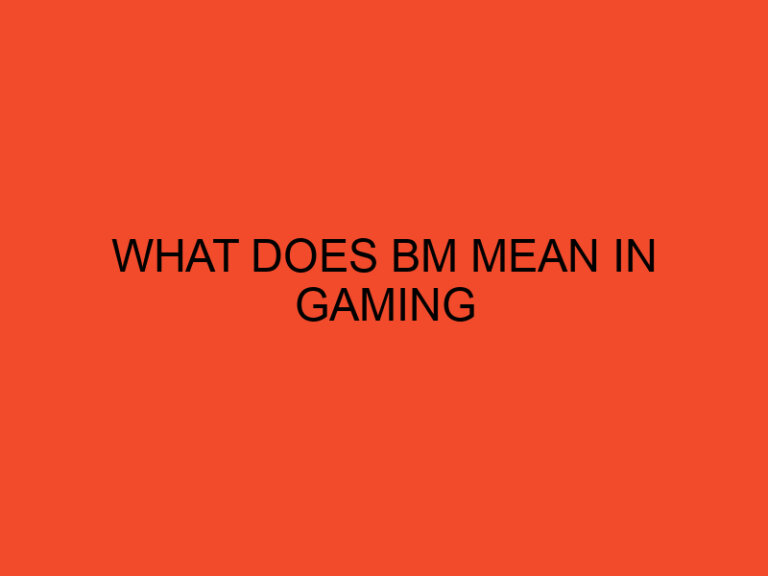In today’s fast-paced digital age, our gadgets have become indispensable, and a functional charging port is crucial for keeping them powered. However, many users encounter issues with their Type-C charging ports, particularly the annoyance of a loose connection. In this guide, we’ll explore the reasons behind loose charging ports and provide practical solutions to fix them.
Table of Contents
How to Fix a Loose Charging Port Type-C
Importance of a functional charging port
A charging port serves as the gateway for power to flow into our devices, ensuring seamless connectivity and uninterrupted usage. When this port becomes loose, it can lead to frustrating disruptions in our daily lives.
Common issues with Type-C charging ports
While Type-C ports are known for their durability, they are not immune to wear and tear. Common issues include loosening due to constant plugging and unplugging, dirt accumulation, or manufacturing defects.
Understanding the Problem
Signs of a loose Type-C charging port
Identifying a loose Type-C port is crucial for timely intervention. Signs may include intermittent charging, wobbly connection, or visible port movement. Recognizing these signals can help prevent further damage.
Causes of port damage
Understanding why a Type-C port becomes loose is essential for effective solutions. Frequent connection-disconnection cycles, mishandling, and poor-quality charging cables can contribute to port damage.
DIY Solutions
Gentle cleaning techniques
Sometimes, a loose connection may be caused by debris within the port. Gently clean the port using a small brush or compressed air to remove any accumulated dirt.
Using compressed air
Blowing compressed air into the port can dislodge tiny particles, enhancing the connection. Be cautious not to use excessive pressure, as it may damage internal components.
Adjusting the port with a toothpick
Carefully insert a toothpick into the port and make slight adjustments to the pins. This should be done with utmost precision to avoid further damage.
Temporary Fixes
Applying a small amount of adhesive
For a quick fix, a tiny amount of adhesive on the Type-C connector can improve the connection. However, this is a temporary solution, and caution should be exercised to avoid port blockage.
Inserting a small piece of folded paper
A folded piece of paper placed strategically in the port can add extra support, reducing wobbling and improving the connection. This is a makeshift solution until a more permanent fix is applied.
Professional Repairs
Seeking professional assistance
If DIY methods prove unsuccessful or if the port is significantly damaged, seeking professional help is advisable. Skilled technicians can perform intricate repairs, ensuring the longevity of the charging port.
Cost considerations
Before opting for professional repairs, it’s essential to weigh the cost against the value of the device. In some cases, it might be more economical to invest in a new device.
Preventive Measures
Using quality charging cables
Investing in high-quality charging cables reduces wear on the Type-C port, minimizing the chances of it becoming loose. Opt for cables with reinforced connectors for added durability.
Regularly cleaning the port
Routine cleaning of the charging port prevents the accumulation of dirt and debris, maintaining a secure connection. This simple practice can significantly extend the lifespan of the port.
User Experiences
Real-life stories of fixing loose Type-C ports
Learn from the experiences of users who successfully addressed loose charging ports. Their insights and tips can provide valuable guidance for others facing similar issues.
Explore the lessons learned by users in dealing with loose Type-C ports. Shared tips and tricks can empower readers to take proactive measures.
Technological Advancements
Impact of loose charging ports on device performance
Examine the consequences of neglecting a loose Type-C port, including potential damage to the device and compromised charging speed. Understanding these impacts emphasizes the importance of timely intervention.
Innovations in charging port technology
Explore the advancements in charging port technology, including features designed to enhance durability and stability. Staying informed about these innovations can aid users in making informed decisions when choosing devices.
Final Thoughts
Recap of DIY solutions and temporary fixes
Summarize the DIY solutions and temporary fixes discussed, emphasizing their efficacy in addressing a loose Type-C port.
Emphasizing the importance of timely repairs
Reiterate the significance of addressing a loose charging port promptly to avoid further damage and potential data loss. Timely repairs can extend the lifespan of the device.
Conclusion
In conclusion, a loose Type-C charging port is a common issue, but with the right knowledge and actions, it can be effectively addressed. Whether through DIY methods, temporary fixes, or professional assistance, users have various options to ensure their devices remain powered and functional.
Frequently Asked Questions (FAQs)
- Are loose charging ports a common problem with Type-C connectors? A: Yes, frequent plugging and unplugging, coupled with other factors, can lead to a loose Type-C charging port.
- Can I use any adhesive to fix a loose Type-C port? A: It’s recommended to use a minimal amount of adhesive specifically designed for electronics to avoid damage.
- How often should I clean my Type-C charging port? A: Regular cleaning, at least once a month, is advisable to prevent dirt accumulation and maintain a secure connection.
- What should I do if DIY methods don’t work? A: If DIY solutions prove ineffective, seek professional assistance to avoid further damage.
- Is it worth repairing a loose Type-C port, or should I buy a new device? A: The decision depends on the extent of the damage and the cost of repairs compared to the value of the device.






